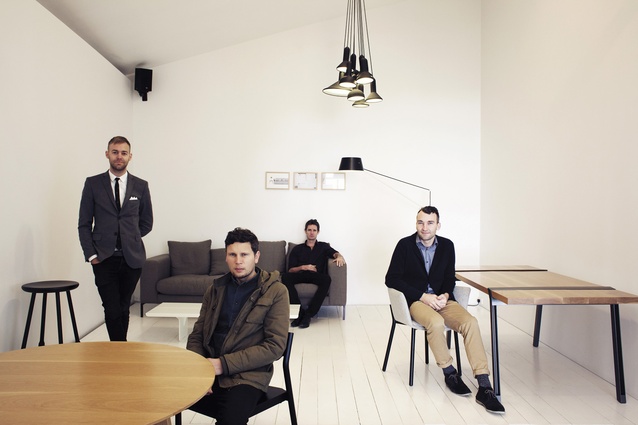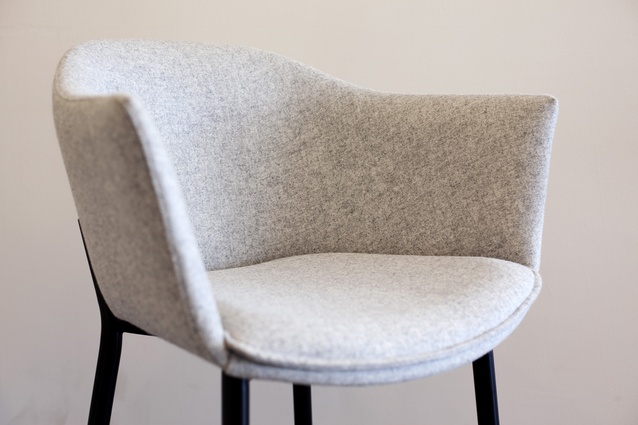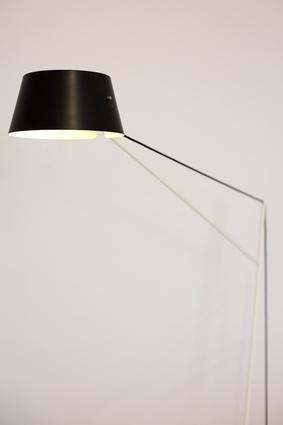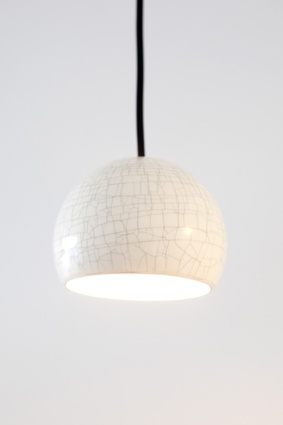Interview: Simon James
Simon, you have a few things happening: two stores in Auckland, your own furniture designs, and Resident, the export side of things. Enough hours in the day?
For sure… there are all sorts of interesting things happening at the moment. We’re heading up to Shanghai in September – an agent there has taken on Resident. He deals with three other brands, one of them being Moooi, so it’s great that he’s taken us on. There’s also a retailer called Design Republic that is opening a flagship store as a part of Shanghai Design Week. They’ve given us an in-store space in which to launch Resident, so we’ll head there for that. We are also working on new products with several architects and designers for release in 2013.
How did Resident come about?
We always had this idea of setting up an export company with a carefully considered range of products that were suited to export from here – whether that be as flatpack or in another form. We actually explored exporting a number of years ago, but it was a bit of a nightmare sending small consignments from New Zealand. We were sending beds and sideboards to New York, but too much product was damaged during freight and ultimately, it wasn’t working for us or our agent in the US. But we’d always wanted to look into it again and it’s always been about learning from that first foray and making changes to how we work. Resident really began when Scott Bridgens walked in the door one day – he’s now my business partner in Resident. He’d returned from the UK, where he was working for Tom Dixon, and was looking for work, I guess. We got talking, and things stemmed from there. We knew we had a good pool of designers to work with and we knew the kind of products that could work in an export scenario. Scott had experience working with a larger company like Tom Dixon, and he’s a logistics mastermind, which is crucial. Before we even got to product design, we were adamant about resolving a distribution model that could work from New Zealand and give us a competitive advantage over some of the international brands we would be coming up against.
What was the next step?
We started with a small range; some of it was existing product that had sold well here. We also briefed three designers we wanted to work with about where we wanted to take the brand and gave them each a brief to design product for our first launch at London Design Festival late last year.
Do you have a store in London?
Resident is a wholesaler and we are putting our energy into manufacturing and distribution; this began with sending a container of stock to the UK and setting up a third party logistics system for warehousing and distribution. We’re now working with several retailers in London. The aim is to offer a very efficent and transparent process of ordering with reduced lead-times. You must need to be quite specific about what you sell and not carry too much stock… Yes, it is a very edited range. We wanted to work with a small family of designers, a group who understood the Resident aesthetic, which is quite crafted, clean, not over complicated but with plenty of attention to detail. Things that aren’t too ‘on trend’. Products with more longevity. So, for instance, Jamie McClellan’s Spar Light will flat-pack? Yes, and that helps with freighting and storage costs. The Flyover Table flat-packs, as does the the Studio Chair by Jason Whiteley. It breaks down into five pieces. How did the soft launch go? Very well. There was plenty of interest from retailers and media and to build on this, we committed to exhibiting in Milan, in April this year. And that panned out? We were very happy with the response to the first showing in Milan. We had singled out a number of retailers we wanted to work with and managed to get most of them along to the show. We’re now working with three retailers in London, including The Conran Shop and SCP, Matter in New York and DeDeCe in Australia, as well as picking up agents for Holland, China and the United States.
Do you sell online?
No, not yet.
Do you think this sort of furniture needs people to come in and try it out: experience it firsthand?
With seating, definitely; lighting lends itself a little more to online purchasing. At the moment, our focus is on working with our agents and making sure that we’re working correctly in each market.
You’ve designed a chair for this range, haven’t you?
Yes, in fact two chairs. There’s the Hawk chair, which was already in production. Then we felt there was room for a stacking wooden chair so we introduced the Tangerine Chair.
It has a nice little kick to the backrest. It’s interesting how it seems to push forward from the back, which makes it seem quite dynamic.
That’s one single piece of wood; we almost gave it a little bit of a tail! Generally you always see chairs from the back, so we focused the detailing around this part of the chair.
So this chair stacks, which must add an efficiency to transporting?
Yes, we can get four in a box. Any saving we can make on freight or storage can help significantly to the end retail price.
What other designs do you have?
Nat Cheshire designed the Oud Lamp. He recently completed a fitout for a lawyer’s office (Interior #3) which actually formed the starting point of the conversation about that light. We’re working with a ceramicist, Gidon Bing, who designed the Bing Pendant. This is currently sold as a single piece and we are now developing an option for clusters of seven. We are also talking with Jason Whiteley, a New Zealand architect based in London, about furthering the family of products he has already designed for Resident to include lighting.
Are these products made here?
All our lighting and steel work is produced in New Zealand; our woodwork is manufactured in Europe as it’s closer to market for some of the larger items we have to ship.
Do you play on the ‘New Zealand’ thing at all? Is there any marketing benefit in that for you?
Not really; we feel the brand should be able to stand on its own. Obviously it’s a point of difference when you’re exhibiting alongside 500 companies at Milan. We produced a series of short films that showed the environment where the products were conceived; this was, I think, a more subtle way of showing a backdrop to New Zealand.













